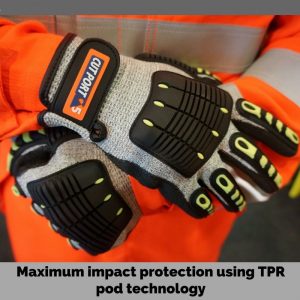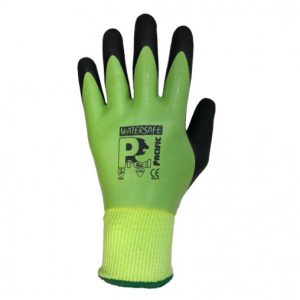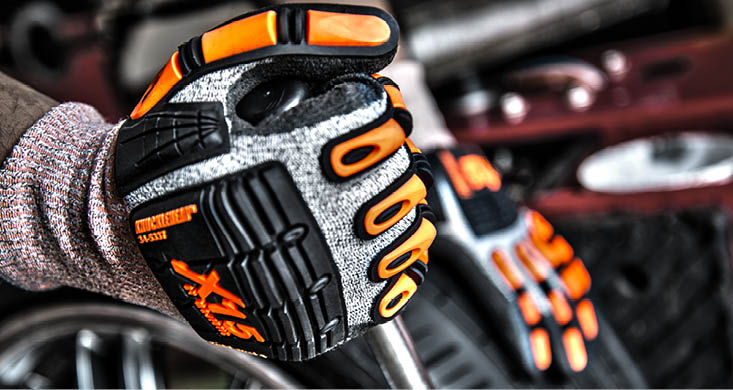Whether if you're working in construction, oil and gas, auto, or even just trying to put a nail in the wall to hang that beautiful photo, 90% of the work you do with any tool is usually done with your hands, and depending on the nature of the project and tools, your hands can be subject to different types of injuries, that's why it is always essential to use the right type of safety gloves when working with heavy, sharp or high impact tools.
What are Anti-Impact Gloves?
Anti-Impact gloves, impact resistant hand protection, or metacarpal protective gloves are all names to the same thing, typically an industrial work safety glove that's needed to protect workers from powerful impacts caused by power tools, falling objects, etc.
Most Anti-Impact gloves feature back-of-the-hand, knuckle impact protection and most commonly, a good grip in oil.
What to look for in Anti-Impact gloves?
1. Comfort:
It may seem strange when choosing a safety glove to be looking at comfort before safety, however it does make a lot of sense. If a glove is uncomfortable then it will never be worn by workers onsite, and workers may even take them off to properly do their job, and that is when they will get injured.
You maybe wondering now: “How do you know if a glove is comfortable?” Well, that is of course a subjective question, but here are a couple practical tips.
- Look for a glove that is flexible on the back of the hand. If the glove in question has a big solid block of rubber on the back of the hand – that is not a good sign.
- Try picking up a pencil with the glove and compare that to other possible gloves. You should be able to accomplish this without much difficulty.
- Back-of-hand protection needs to have lots of flex points, so that it will be more comfortable and more likely to be actually worn.
2. Back-of-Hand Thermoplastic Rubber (TPR) Adhesion:
When selecting impact-resistant gloves, how the TPR is affixed to the glove matters a lot. Try picking and pulling at the TPR, if it peels even slightly, it won’t hold up in the field. Most anti-impact welding gloves have TPR sewn on with Kevlar®. Glued on TPR pads rarely hold up, but an alternative option to sewing is sonic welding like our Dexterity® Impact-Resistant String-Knit Gloves.
3. Anti-Impact Padding Coverage:
Does the TPR cover the important impact points? Look particularly at the fingertips and thumb. A good glove should have impact points all along the fingers and up to the finger tips.
Here is an example of a good Anti-Impact glove

Versus a not very good one...

4. Testing:
Up until now, there hasn't been a uniform standard for impact protective gloves, however, it is something that is being worked on by multiple bodies and institutions.
With that said, manufacturers have been using different criterias to test their glove's impact standards. So try to look for gloves with numerical test results rather than photo or video demonstrations, which are often misleading.
5. Durability:
While no glove will last forever, it’s always good to have a pair of gloves that can withstand extended usage.
For rough jobs look for gloves with high abrasion-resistant palms, those are usually made to withstand tough work environments for longer amounts of time.
6. Grip:
The grip of a glove should not be checked when the glove is dry, as this is often misleading. If gloves are to be used with oily objects, then its grip should be tested in an oily environment.
Look for a material that has some oil absorption that won’t allow oil to pool on the surface.
The best material for oil grip are synthetic porous materials or corded cotton. Synthetic leather with dots generally provides poor oil grip.


